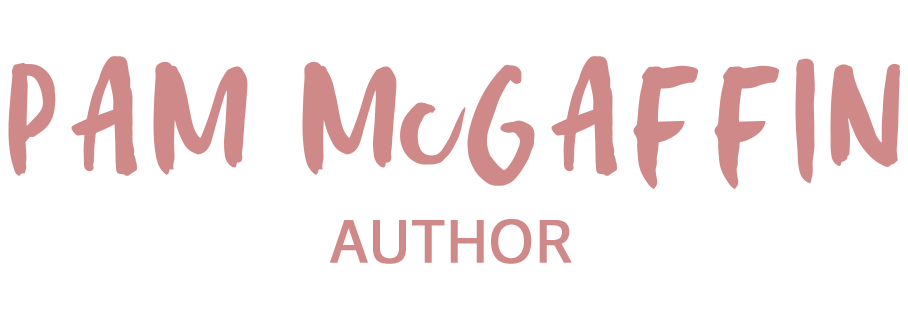World-building for dummies

No, this isn’t a post about the POTUS. It’s a request. I’m the world-building dummy in need of tutoring from writers (and avid readers) of sci-fi, dystopian and post-apocalyptic novels.
How do I create a believable world for a novel set in a climate-changed US that’s told from the point of view of three crows and one human? (The human has a supporting role.)
Yes, I’ve given myself a ridiculous challenge for my second book. What on earth was I thinking?
For my first book — a coming-of-age, young-adult novel tentatively titled The Leaving Year — I stayed close to home, setting my story in the Pacific Northwest where I live during a time period (the late 1960s) that I remember.
I still had to do a ton of research on commercial fishing, Southeast Alaska, Native Alaskans, Tlingit myths, fish processing, Filipino cannery workers and Sixties slang. (I refused to use the word “groovy,” even though I know it was used then. Groovy sounds like it belongs in a Sixties parody, and that wasn’t my goal.)
Suffice to say, it was a challenge trying to get it all right, and I still don’t know if I succeeded, but Book 1 was a black-and-white Kansas compared to the Technicolor Oz I will need to inhabit for Book 2.
Put myself in the minds of three crafty birds, each with distinctly different personalities, all fighting for survival? Sure, no problem. Have them flee a virus that also threatens humans? Bring it on.
Did I bite off more than I my little beak can hold? No duh.
I’m such a world-building neophyte that I didn’t know until recently there’s a name for the kind of book I want to write. It’s called “eco-fiction,” shorthand for ecologically oriented fiction. I had no idea, probably because I’ve never been all that into fantasy and sci-fi, although I loved all the Star Trek spinoffs and read the Harry Potter series to my sons.
Up until now, my writing has been grounded in reality, a holdover from my years as a newspaper reporter. Every piece of fiction I’ve attempted has been an exercise in letting go of that just-the-facts hardwiring.
I got the idea for what I call “the crow novel” well over a year ago. I read up on crows and climate change and pandemics, quickly becoming overwhelmed by the enormity of what I’d set out to do. The more I learned, the more a realized I didn’t know.
Then came National Novel Writing Month (NaNoWriMo). Trying to write 50,000 words in 30 days forced me to free my imagination and let it romp. I ended up with 47,000 words about a small family of crows torn apart by an advancing virus and wrathful humans, who think the birds are to blame.
I’ve since met the 50,000-word target (late, but oh well), which gives me about three-fourths of a child’s draft. It has potential, which is to say it’s not completely dreadful.
Imagining life as a crow in a warming world was fun when I didn’t have to nail down the picky little details, like setting. In fact, I’ve yet to settle on a setting. My crows start off in a place based on my home-town of Seattle and end up traversing lakes and deserts, farms and suburbs, inner cities and mountain ranges. They’re literally and figuratively all over the place.
That’s fine for a first draft . . . which I’ve yet to complete. So maybe I’m jumping the gun here. My first order of business should be to finish, just shut-down my inner critic and barrel forward – accuracy and consistency be damned — until THE END.
Then I can go back to figure out and fill in all those pesky parts. Which brings me to ask the more experienced world-builders out there: Am I on the right track? What world-building hacks and strategies have worked for you?
If you’re a sci-fi/fantasy/dystopian reader (as opposed to writer), what books would you recommend for their awesomely awful worlds? Some favorites of mine:
- Fahrenheit 451 by Ray Bradbury
- On the Beach by Nevil Shute
- The Age of Miracles by Karen Thompson Walker
- The Sparrow by Mary Doria Russell
- The House of the Scorpion by Nancy Farmer
- The Handmaid’s Tale by Margaret Atwood
Please share your thoughts below.


I actually just wrote a world-building post on my blog.
Ha. Brilliant minds think alike. I’ll check it out.
Read The Space Merchants. 1960s dystopic sci fi’ Full of details like the luxury of a freshwater shower and Antarctica as.the last remaining vacation spot.
Thanks, Laura. Sounds great!
Hi Pam! I’m reading The Hidden Life of Trees and I have a sneaky feeling that this incredible book might provide you with some cool eco-ideas. https://www.amazon.com/Hidden-Life-Trees-Communicate-Discoveries/dp/1771642483 Also, I read a SF book a very long time ago (it’s quite old!) in which an airborne illness kills most of the humans on the planet, except a few who seem to have an immunity (one of which was recently bitten by a snake) and so the book is about how the limited few re-organize society. It’s called Earth Abides and is one of those books that has remained in my memory all these years while so many have been forgotten. https://www.amazon.com/Earth-Abides-George-R-Stewart/dp/0345487133 I also highly recommend Marge Piercy’s “He, She, It” – that that I think will provide some more interesting eco-ideas. https://www.amazon.com/He-She-Marge-Piercy/dp/0449220605/ref=sr_1_1?s=books&ie=UTF8&qid=1495737447&sr=1-1&keywords=he+she+and+it Lorraine 🙂
Wow, Lorraine, this is fabulous! I will definitely check out these books. Meanwhile, if you would like to follow my writing/publishing journey (and be notified of future posts), go to my contact page and sign up. I promise not to flood your in-box!
Try reading a few chapters (the ones from animal perspectives) in James Patterson’s Zoo.
Great suggestion, Raimey.